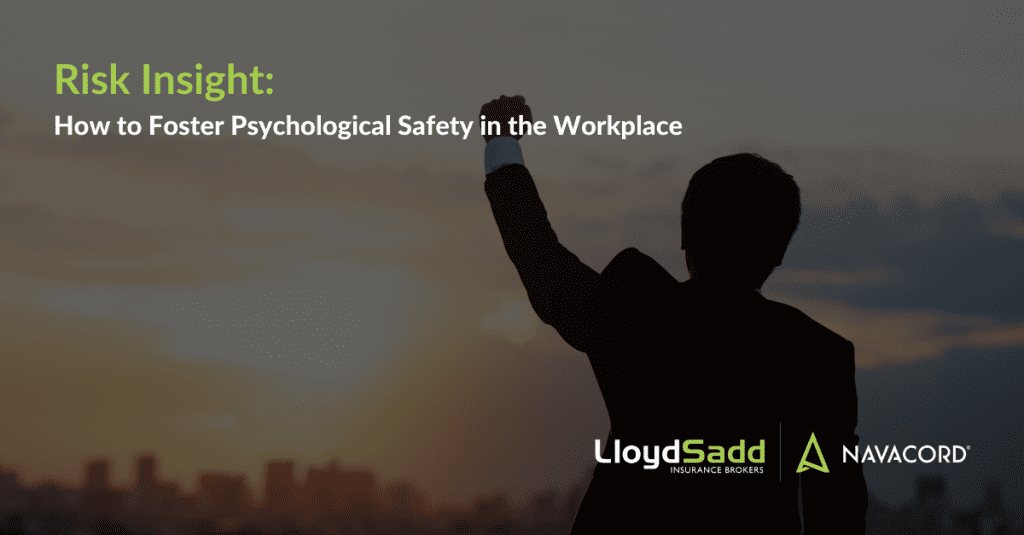How to Foster Psychological Safety in the Workplace

As workplaces continue to reopen and welcome employees, it’s crucial for managers to provide psychological support. The COVID-19 pandemic has impacted many workers’ mental health, and it will take some time to readjust to office life. In fact, more than half of Canadians feel somewhat anxious about going back to the way life was before the pandemic, according to a recent survey done by polling and marketing research firm Leger.
However, the transition can be eased by creating a strong workplace culture that fosters psychological safety. To promote such a culture, employers can do the following:
- Engage with team members. Managers should have open lines of communication with team members and be open to feedback and concerns. When possible, ask open-ended questions, and encourage honest answers.
- Be attentive. Pay attention to employees, especially during meetings and phone calls. Avoid multitasking during conversations, ask questions and make eye contact when possible.
- Consider different points of view. As a leader, it’s important to be empathic and see where people are coming from. Offering understanding and acceptance can teach employees that the best way to communicate and collaborate is by learning about each other’s points of view.
- Avoid blaming. Instead of blaming each other for issues that arise, focus on finding a solution. Everyone makes mistakes, and blaming others will only discourage them from participating.
- Encourage confidence. When providing feedback to employees, it’s important to not only tell them what they can do better but also reinforce what they do well. Knowing each other’s strengths and weaknesses can help build a more effective team.
- Be transparent. Don’t be afraid to admit when a mistake is made. Being transparent will help other employees feel safe speaking out when they mess up instead of progressing problems.
- Avoid negativity. Try to be as positive as possible with team members. Focusing on the negative will only create an unhappy or even hostile environment.
- Encourage collaboration. When making big decisions that affect the entire team, give them a chance to provide feedback and ideas.
- Show up for the team. Managers and supervisors are often the conduit between employees and leadership, which means it’s essential to be their voice and stand by the decisions and work that has been done.
Creating a psychologically safe workplace will make employees feel comfortable and valued. Open and supportive workplaces ultimately lead to more creativity, better problem-solving and higher team performance, which in turn will help with retention and productivity—benefiting the entire organization.
Click here to download insight: How to Foster Psychological Safety in the Workplace